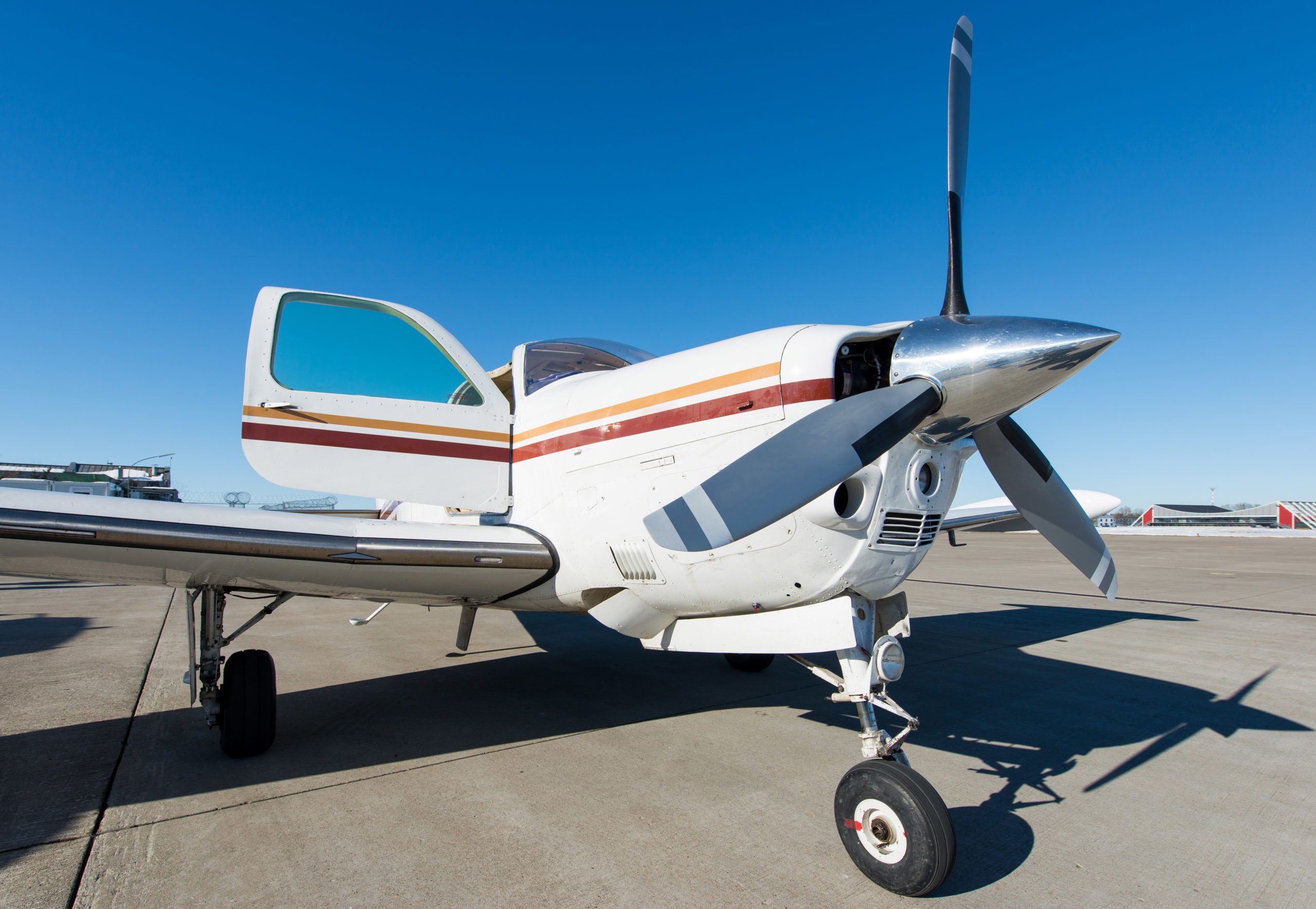Archives
- July 2023
- June 2023
- May 2023
- April 2023
- March 2023
- February 2023
- January 2023
- December 2022
- November 2022
- October 2022
- September 2022
- May 2022
- April 2022
- March 2022
- February 2022
- January 2022
- November 2021
- October 2021
- March 2021
- July 2020
- May 2020
- April 2020
- March 2020
- December 2019
- October 2019
- September 2019
- June 2019
- May 2019
- April 2019
- September 2018
- June 2018
The Aerial Perspective Blog
How Hard is it for Manned Pilots to Pass the Part 107 Exam?

You’re a traditional manned (crewed) pilot who wants to fly drones for hire. How ready are you? What and how much do you need to study? In this post, we will help you harness your previous flight training to tackle the drone exam.
Introduction
In a previous post, we outlined the steps non-pilots should take to study for, schedule, and pass the Part 107 Remote Pilot License exam. We also noted that licensed private pilots can instead take the FAA’s short online course thanks to their preexisting knowledge. But there’s a caveat: only pilots who meet the recency requirements of 14 CFR Part 61 are eligible to bypass the knowledge exam. If you’ve been out of the game for years, either because you retired from active service or simply too busy to fly, you’ll have to take the test like everyone else.
This puts you in an odd spot. On one hand, you’re right to think the process should be shorter and easier for you due to your previous flight training. On the other hand, flying drones is certainly not like flying a Cessna. Just how ready are you to waltz into that exam room?
Below, we reexamine the Part 107 curriculum through the eyes of rusty pilots like you who aren’t sure where to jump back in. Let us help you crush the Part 107 exam in short order.
Brief overview: Part 107 versus Part 61
First thing’s first. The entire Part 107 certification process is the equivalent of what your Part 61 CFI referred to as “ground school.” There are no practical skills requirements. Whereas Part 61 training prescribes mandatory flight-hour minimums (including dual, solo, and night), an aeromedical evaluation, and a practical flight test, Part 107 students will never even speak with a DPE. Once you pass the written exam, you earn your commercial drone pilot license with all the rights and responsibilities it entails. It’s going to feel weird.
Second, you probably know most of what will be on your Part 107 exam because the material is very similar to what you learned before. You might even recognize some of the test questions from your old ASA Private Pilot Test Prep Book. But there is still a sizeable amount of new material to absorb, and we will go over that below.
NOTE: Should you still enroll in a drone flight-training program? There are many companies out there offering practical, hands-on training, and they are probably worth your investment. But unlike traditional flight school, they are not required to earn your license. We suggest passing the knowledge exam separately and learning practical skills—whether through a paid program or self-led practice—on your own time.
Step 1: Review the FAA’s Part 107 training materials
Previously, we told you where to find the FAA’s Part 107 training materials. Now, we’ll help you prioritize each one in your rusty pilot training plan.
#1: Title 14 CFR Part 107 – Small Unmanned Aircraft Systems
Read this first. It contains virtually all the new information you will have to learn—specifically, how to fly drones for hire legally in the United States. Part 107 is mercifully short compared to other sections of the FAR-AIM, but you still need to know it well to pass the test. This is especially true if you start your career as an independent or freelance pilot. Remember: when you go solo, you are the expert. Nobody else will warn you when you are about to break a law.
#2: AC 107-2 – Small Unmanned Aircraft Systems (SUAS)
Read this next. It’s a supplement to Part 107, providing additional guidance on certain regulations. Some highlights include:
- Chapter 2, which provides a useful list of FAA reference materials in addition to those we’ve listed here
- Chapter 5, which offers practical techniques for communication and transfer of controls between pilots, estimating groundspeed and altitude, and operating over people or from moving vehicle
- Appendix C, which provides a neat preflight inspection condition chart for people who aren’t maintenance experts (useful for making go-no-go decisions)
#3: FAA-G-8082-22 – Remote Pilot – Small Unmanned Aircraft Systems Study Guide
Once you’re comfortable with Part 107, open this document to begin reviewing familiar ground school topics. While this study guide can help you reframe your old studies in the context of drone operations, do not assume it’s comprehensive. At best, it spotlights just some of the topics you will have to know for the exam. To get a sense of the full list, you need the ACS.
#4: FAA-S-ACS-10B – Remote Pilot ‒ Small Unmanned Aircraft Systems Airman Certification Standards
NOTE: If your original flight training concluded before 2015, you may not be familiar with the concept of Aeronautical Certification Standards. In short, ACS is an attempt by the FAA to improve the practical value of ground school by tying theoretical knowledge topics directly to pilot certification requirements. In crewed flight training, that means exchanging rote-based memorization for scenario-based training that teaches pilots to think outside the box.
The ACS is particularly useful if you fail your exam. Read its section “Using the ACS” for more information on how you can figure out which topics you need to study more.
More importantly, the ACS document provides you, the rusty pilot, with a roadmap of topics you will need to revisit from your previous flight training. Skim its list of learning objectives and you’ll realize that the Part 107 exam tests you on most of the same ground school concepts as it does crewed pilots, except maybe for flight instrumentation, airport signage, and engine mechanics. This should help you plan your ground school refresher.
Step 2: Plan your ground school refresher
Option #1: Pilot’s Handbook of Aeronautical Knowledge
Using the ACS objectives as your guide, skim the chapters in this book related to flight school topics that you’ve forgotten the most. Pay special attention to information-heavy topics like weather, aeronautical charts, and performance diagrams. You don’t want to be blindsided on exam day by an obscure question about microbursts. And make sure you can problem solve. For example, in keeping with the ACS philosophy, the exam may ask you to look at a spot on a Sectional Aeronautical Chart to determine whether your client’s requested flight is safe and legal.
Option #2: Pilot Training System’s Drone Pilot Training Videos
Instead of reading your notes or the Pilot’s Handbook of Aeronautical Knowledge, you can watch this YouTube series to cover the same topics in roughly 1.5 hours. Each video covers a particular topic, so you can pick and choose.
Final thoughts
As a crewed pilot, you already have at least 75% of the requisite knowledge, and should easily pass the Part 107 exam with an abbreviated self-study plan like the one above. But don’t let that lull you into complacency. The FAA will expect you to behave responsibly like any other commercial pilot. Make sure you remember everything you learned to earn your first wings. Aerodynamics. Performance. ADM. NOTAMs. Airspace. Aeronautical charts. Weather. And once your new cert comes in the mail, do the public a favor and maintain your old high standards.
Best of luck!

Join our mailing list to stay up to date on the latest releases, product features and industry trends.
Mapware needs the contact information you provide to us to contact you about our products and services. You may unsubscribe from these communications at any time. For information on how to unsubscribe, as well as our privacy practices and commitment to protecting your privacy, please review our Privacy Policy.


